Japan is weird and wonderful and it’s the Japanese kawaii which made me love this country even more. You can find Japanese kawaii everywhere you are, on signs, posters, shops and restaurants. Before I get ahead of myself, you are probably wondering: What does kawaii mean?
Kawaii is the Japanese word for cute. But Japanese kawaii is a whole new level of cute. In fact, you will notice that everything is, in a way, cutified in Japan. A walk around a shopping mall and you will discover a variety of Japanese kawaii products. Even the most mundane items have been transformed to be cute, colourful and incredibly appealing.
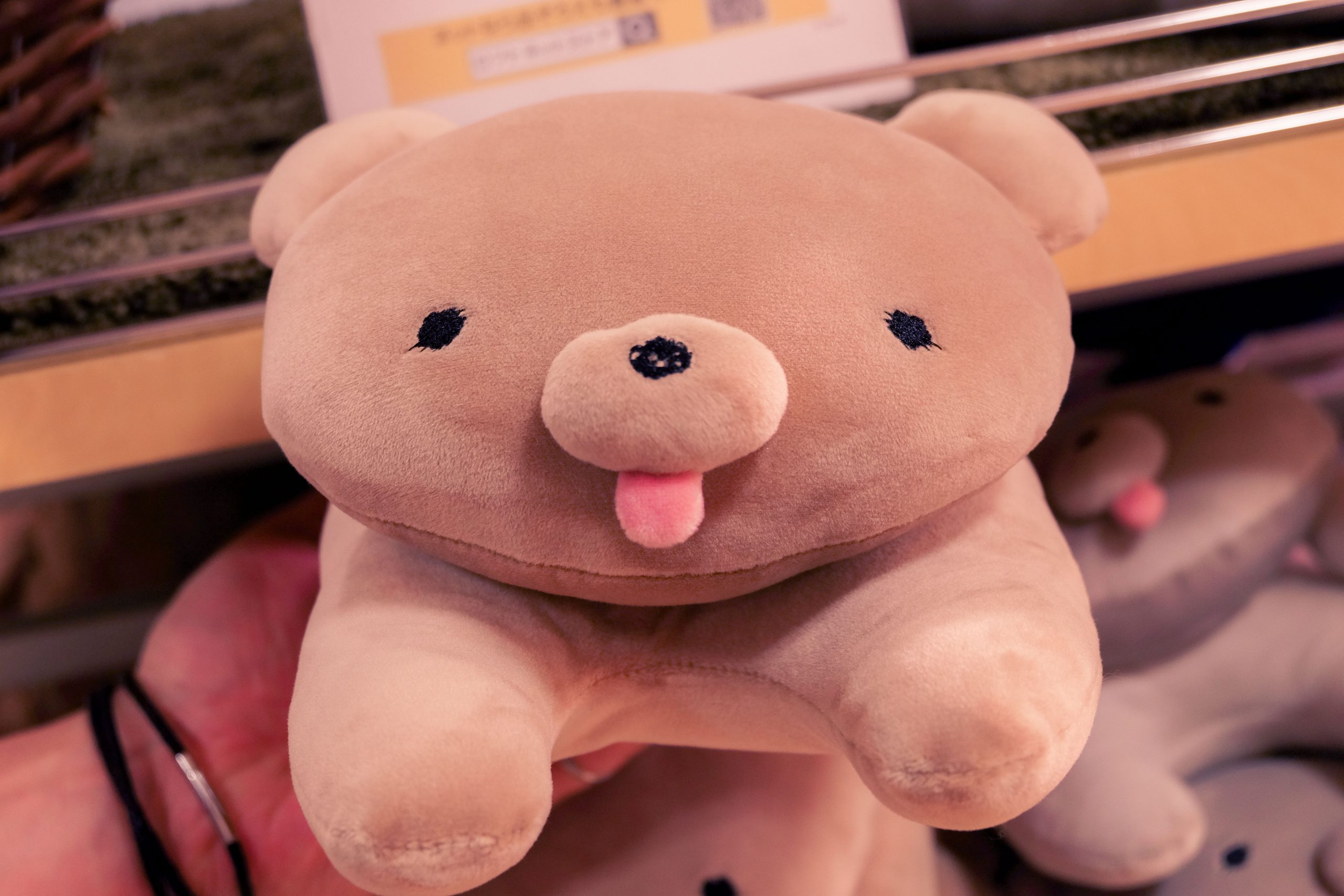
What does kawaii mean?
Kawaii was first associated with pitiful qualities in The Tale of Genji written by Lady Murasaki. Nowadays, the word evolved quite a lot and it is now referred to as blushing, embarrassed and adorable.
In fact, the Japanese kawaii came to life around the 1970s and was associated with a new style of writing. Teenagers in Japan started using mechanical pencils which in turn introduced fine lines on the paper, totally different than the traditional Japanese writing. Girls will now use big and round characters and also add characters to their writing such as small hearts, stars and faces.
What is even more interesting is that Kazuma Yamane studied the development of cute handwriting which was also called Marui Ji (round writing) or Kaneko Ji (kitten writing). Kazuma-san concluded that this new trend emerged due to the rounded writing widely available in comics and the new technical means (mechanical pencils) available.

When did Japanese kawaii become a thing?
It is believed that Japanese kawaii can be traced back to the Edo Period and the use of Netsuke. Netsuke are miniature sculptures invented in the 17th century. As the kimono or kosode had no pockets, the Japanese started using netsuke, where they could store their belongings and attached them to their obi (robes’ sashes). Money, medicines, tobacco could all be stored in netsuke. Needless to say that a quick search for the word netsuke and you will truly understand why Japanese kawaii could be associated with these incredibly cute sculptures.
But there is more… in 1974 the first true Japanese kawaii character emerged: Hello Kitty. In 2017, Hello Kitty is over 40 years old and worth about $7 billion a year.
In the 1980s, Japanese kawaii saw the rise of new idols such as Seiko Matsuda. Japanese girls started imitating her cute fashion, which eventually became a market on its own. Today, Japanese kawaii is no longer limited to teenagers only but it is a booming market which targets people of all ages.

Is Japanese kawaii accepted?
The short answer is yes. Japanese kawaii is not only accepted but encouraged and it’s fine for both, men and women. Some suggest that cute is now taking over the Japanese idea of beautiful and refined. In fact, Nobuyoshi Kurita, a Tokyo based sociology professor has ever stated that the word cute is a “magic term” that encompasses everything acceptable and desirable in Japan.
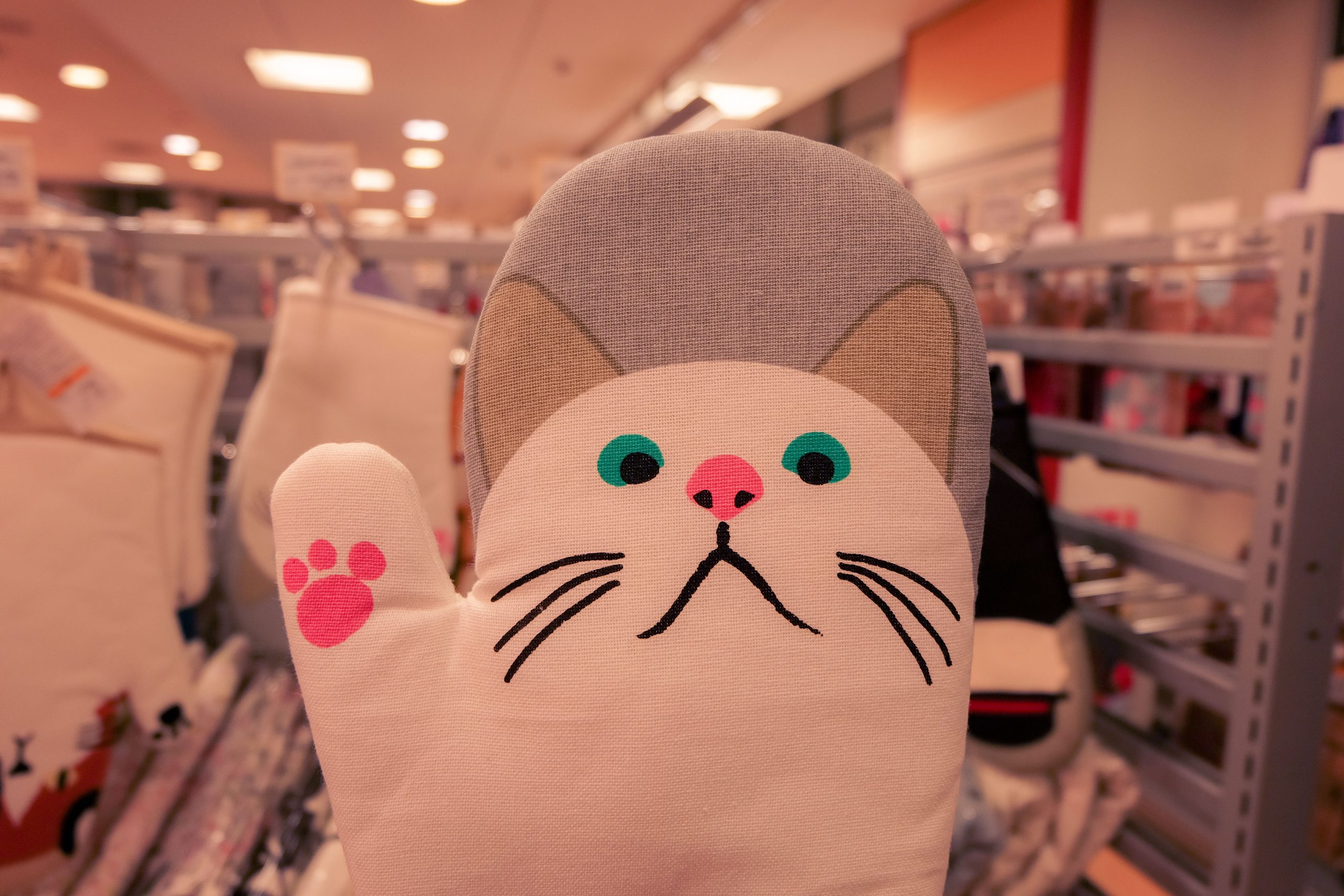

What about kawaii stuff?
One glance around any Japanese shop and you will be overwhelmed by the sheer amount of kawaii stuff available for sale. You can get anything from sweets, through clothing to household items.
Nowadays, Japanese kawaii merchandise plays an important role in Japanese culture and products. Everything cute is now pursuing a global market.
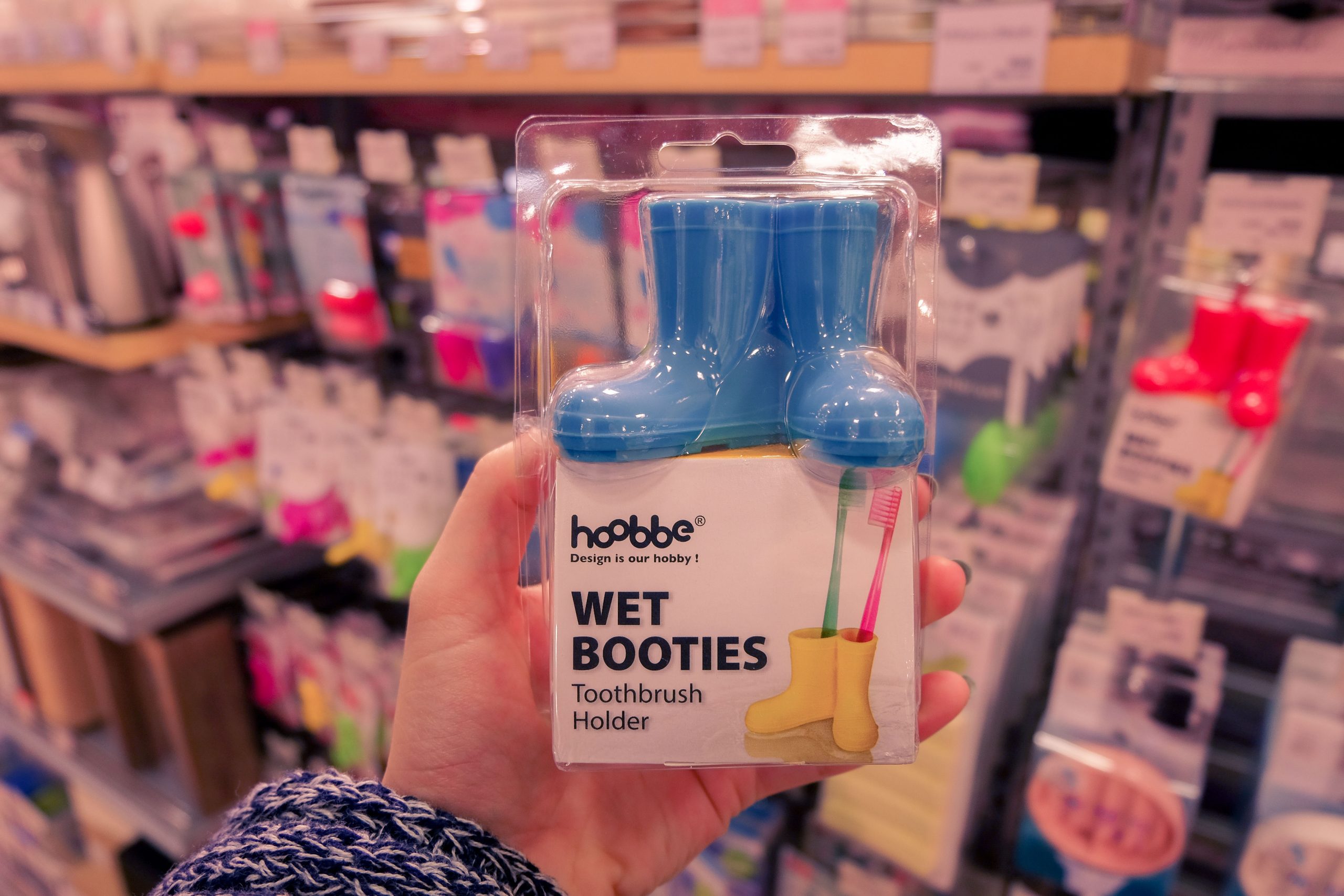
What type of Japanese kawaii may you encounter?
For one, you will definitely come across “street kawaii”. A walk around Harajuku and you will see plenty of teenagers dressed incredibly cute. Girls nowadays take kawaii very seriously and associate cute with innocent. As such, you will find many teenagers wearing large contact lenses to amplify their eyes which is (especially in manga and anime) associated with innocence. Some even go through drastic eye cosmetic surgeries to make their eyes bigger.
Japanese kawaii is used as a selling point for many products. For example, my favourite mascara in the whole world is called Heroine Make and it uses cute manga on the packaging.

Japanese kawaii can be found in all shops. In fact, I noticed kawaii plush toys, cute phone covers, adorable accessories, all for sale.
I was even surprised to see an array of Japanese kawaii in serious establishments, such as museums and galleries. But then again, who doesn’t love adorable characters and products.
The part that shocked me the most was the use of Japanese kawaii in educational posters and day to day educational videos which could be found throughout the city. For example, there were various subway posters which employed the use of cute. At first, I felt treated like a child, by being presented with cute things which usually target children. But then, after spending a couple of months in Japan, I learned to like them and started appreciating them. I noticed that Japanese kawaii combined with educational messages were more likely to stick with me than any other poster which used words only or real-life models.

Hey Japan, what’s the deal with all that Japanese kawaii?
This may sound funny but I remember asking a Japanese friend what’s the deal with all this kawaii everywhere. First, I asked about the lolita girls and cute maids cafe scattered all around Akihabara. Second, I asked why Japanese people like such adorable things which are seemingly targeting kids or teenagers.
The answer to the first question was somewhat coy. From what he explained, only “certain” type of Japanese people go to a maid cafe. If you are a foreigner and interested in adult things to do in Japan, going to a maid cafe is considered ok. However, the society seems to frown upon Japanese people visiting maid cafes establishments. Ultimately, my friend added, these maid cafes are not really true representations of Japanese kawaii, but more of a “burikko” which is viewed as being false and unauthentic.
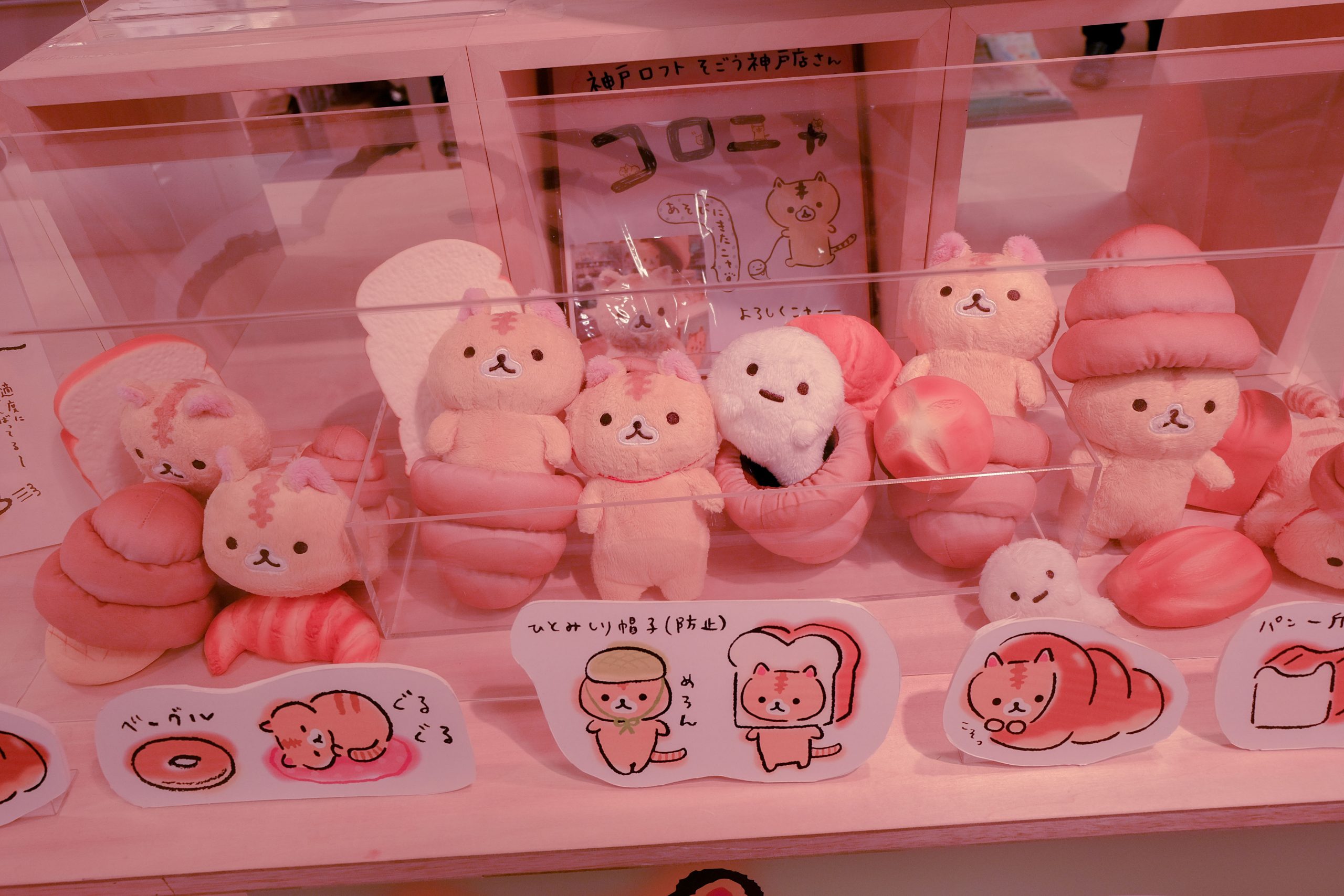
In regards to all adorable things in Japan, I’ve been told that the world of kawaii is totally different than the harsh reality in Japan. Things are strict and not at all viewed as cute, adorable or playful. So much so, that seeing all things nice and kawaii is rather entertaining and uplifting. After a full day of stressful work, going to a shop which sells Japanese kawaii merchandise is a nice change of scenery and a great antidote to an otherwise potentially dull existence.

Examples of Japanese kawaii
To understand Japanese kawaii, one has to visit Japan. I still remember spending days exploring various shopping centres and malls. Everything was exciting, adorable and well packaged.
As you may already know, customer service in Japan is the best in the world. Japan is the perfect example of a capitalist society who takes you, as a customer, and the business seriously. One glance at a Japanese shop and you will want to splurge on all products available. Everything is well presented, perfectly packaged and beautifully arranged. To top it all up, you are always guaranteed top-notch service and a tailored experience. When you buy something, whether it’s Japanese kawaii or not, you will receive a greatly wrapped present; so when you get home (or to your hotel) you will feel like a child, opening up, your newly purchased present.
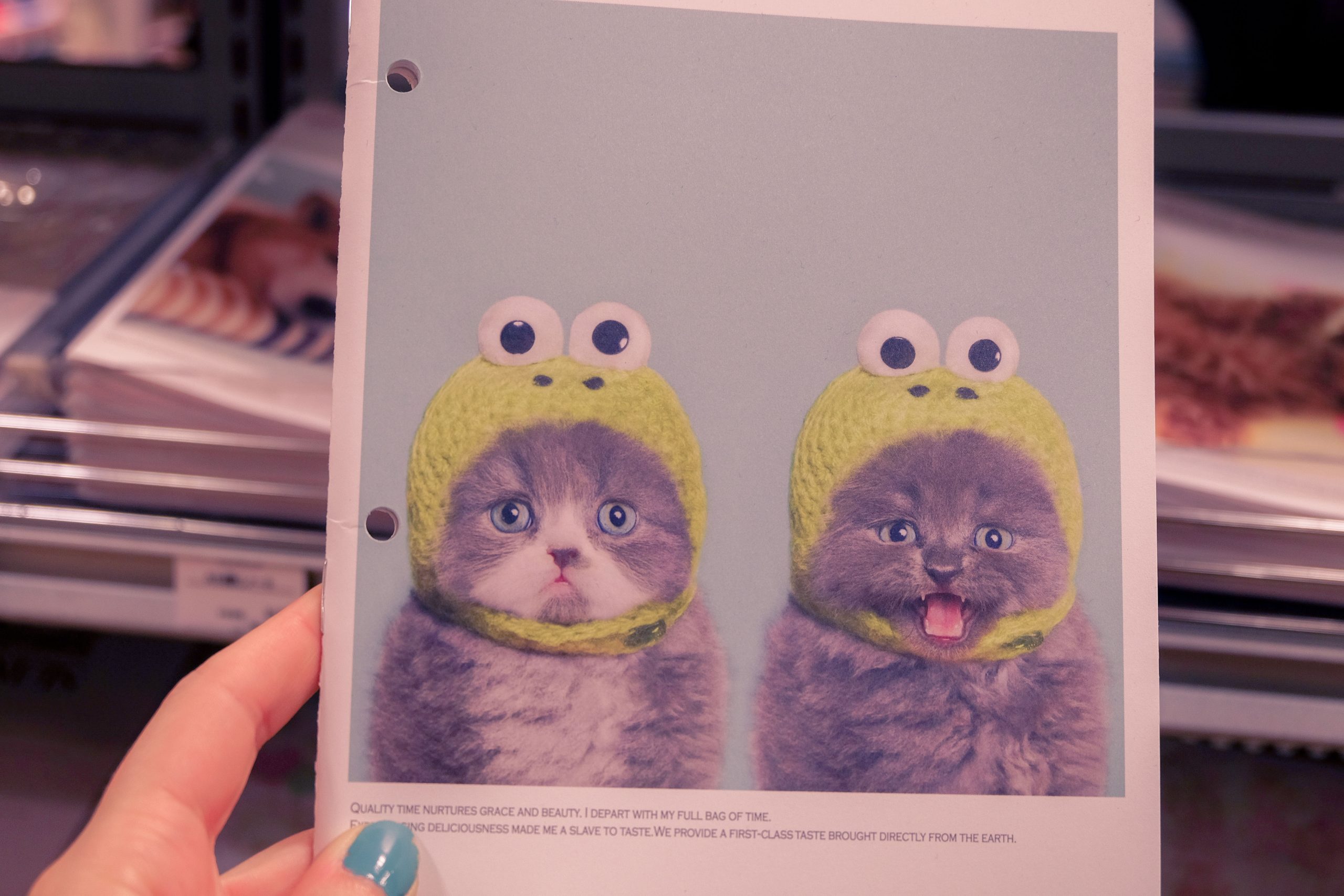
As an inner shopaholic, I can’t imagine anything better than spending time around shops in Japan. Just be careful, as adorable as everything is, they all come with a price, and it’s only a matter of time, until your credit card too, will start cutely squeaking, like all Japanese kawaii products available to buy.

Are you a fan of Japanese kawaii? Are you interested in purchasing kawaii stuff? Would you like kawaii to go mainstream in the Western countries as well? Let me know by leaving a comment below!









Leave a Reply